An orchestra that lives up to the ideals of the United Nations
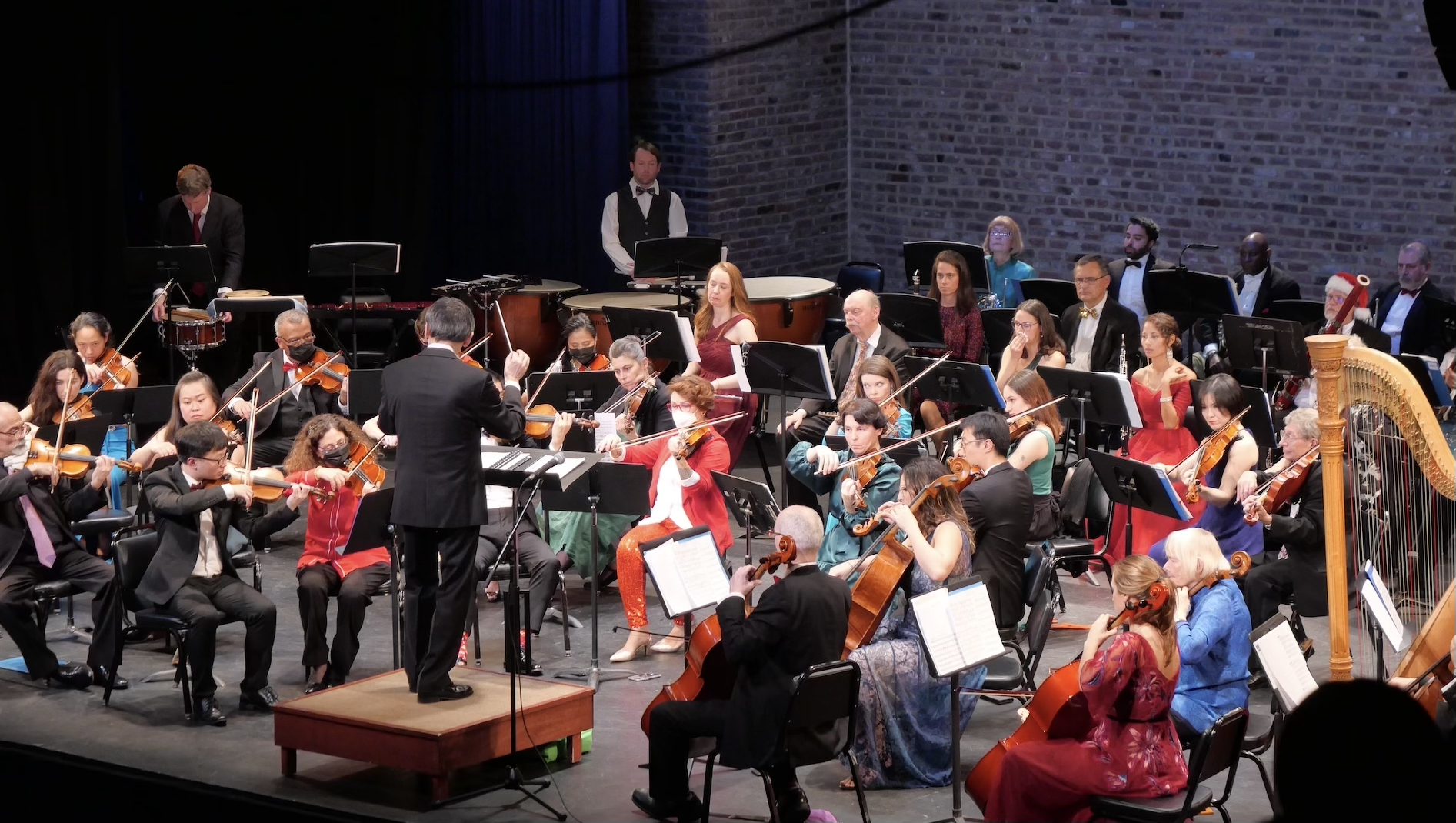
Ever since the United Nations was founded nearly 80 years ago, it has stood for nothing less than “peace, justice, and better living for all humankind.”
When it comes to living up to those ideals, nowhere does that happen more than every Wednesday night in a nondescript office across from UN headquarters.
That’s where the musicians of the United Nations Symphony Orchestra gather to rehearse, playing everything from Brahms to Prokofiev to world premieres of unknown composers. The musicians are a diverse group that gathers from around the world, united in their love of music.
The orchestra was the brainchild of Predrag Vasic, a conservatory-trained musician who grew up in the former Yugoslavia, now Serbia.
Just how he came to work at the United Nations and found an orchestra is a story about as unlikely as his group’s diverse membership.
In the summer of 1991, Vasic was living in Belgrade—part of Yugoslavia at the time—and working as a conductor in the city’s only musical theater when he visited New York as a tourist. But during his trip, war broke out back home.
“I’m hearing from my mother that they’re coming for me,” he said, referring to military recruiters. He quickly realized he needed a new plan. At the urging of a friend, he knocked on the door of the United Nations.
“I told them I was a conductor,” he recalled, only to be told there was no need for his skills. They did need typists, however, and Vasic was good at that.
“I got hired eight weeks after I landed in New York,” he said. Now, more than 30 years later, he still works at the United Nations, as a public affairs officer, and has since married his high school classmate, Jasmine, who is a piano teacher. They have two daughters, one of whom is the orchestra’s principal second violin. The other is in high school and is also a musician.
The idea for the orchestra came in 2011, when he saw that UN staff members in Geneva, Switzerland, had started an orchestra. “It all looked so cool,” he remembered.
By June, he and a core group of about a dozen musicians formed what would become the United Nations Symphony Orchestra.
“By September, we had 50 people,” he said.
There was no money available, but the UN offered rehearsal space at 2 United Nations Plaza on East 44th Street—no small issue in Manhattan’s costly real estate market.
The first rehearsal took place that October. They played Schubert’s Unfinished Symphony.
Filling out the orchestra took time. They needed basses and oboes, for example, but he knew the interests was there.
“These are people who really, really wanted to play in a symphony orchestra,” he said.
And they came from around the world. At any time, 27 to 33 countries are represented in the UN Orchestra, Vasic said.
No section embodies the diversity of the orchestra more than the second violins. Its eight members come from three continents—North America, Europe and Asia—and six countries—Germany, Russia, Mexico, Switzerland, Timor Leste and the United States.
Ambrosio Vega, a violinist from Mexico City, is among them. During the day, he works as a telecom specialist with the United Nations, but come Wednesday nights, he brings his violin to East 44th Street for the two-hour rehearsal.
“I heard about the orchestra in an announcement,” he said, “so I asked if I could play.” That was in 2019, and he has been playing ever since.
Nearby sits Christina Dumetz (du-MAY), who is from Germany and whose husband works for the Permanent Mission of France to the United Nations. The violin, she said, has helped her get to know people in new communities. So when Christina, who is pursuing a doctorate, and her husband moved to New York in 2020, she learned of the orchestra from other UN families.
“I wrote to Predrag and everything went from there,” she said.
Then there is David Netter, a native of Switzerland who now works in New York as a project manager for American Express. He knew about the UN orchestra in Geneva—his grandfather had worked for the UN, so he had ties to the community. When he moved to the United States, he reached out to Vasic about joining.
“I love playing in an orchestra,” said Netter, who is a project manager for American Express.
The members bring a range of backgrounds and professional experiences to the orchestra, whether it’s IT, or academia, or the business world. Randy Rydell, the principal trumpet, worked as a speechwriter for the UN’s Department of Disarmament Affairs until he retired 10 years ago. He continues to play in the orchestra, traveling once a week from his home in Washington.
“He’s our most enthusiastic member,” Vasic said.
About 60 percent of the orchestra works for the United Nations or its affiliated organizations. The rest of the members come from word of mouth. The roster of nations can read like the World Almanac: Togo, Egypt, Cambodia, China, South Korea, Japan, India, Iran, Armenia, Turkmenistan, Timor Leste and others.
Concerts take place four times a year. Vasic sends an email to about 8,000 recipients and publicizes the concerts through social media. He sells about 300 to 400 tickets for each concert. Ticket revenues entirely support the orchestra’s operations like renting the concert hall and buying equipment like music stands or tympani.
The orchestra has proven to have enduring appeal among ticket buyers, as well as musicians. One reason is Vasic’s open approach to membership and rehearsals. He is well aware that people work full-time, so unlike other community orchestras in New York, he does not impose strict requirements.
“We all have demanding work,” he said. “My goal is to make it enjoyable and to make the best music we can.” The recent turmoil in the Middle East, for example, kept one of the flutists from part of a rehearsal. She is from Egypt and works as an interpreter for the UN.
In the end, the result is a global community of people who speak the common language of music. For two hours every week, the 11th floor rehearsal space is transformed into a sanctuary of sorts in a turbulent world.
“The membership exemplifies the unity and diversity of the United Nations,” Vasic said. “It’s gratifying when it all comes together.”
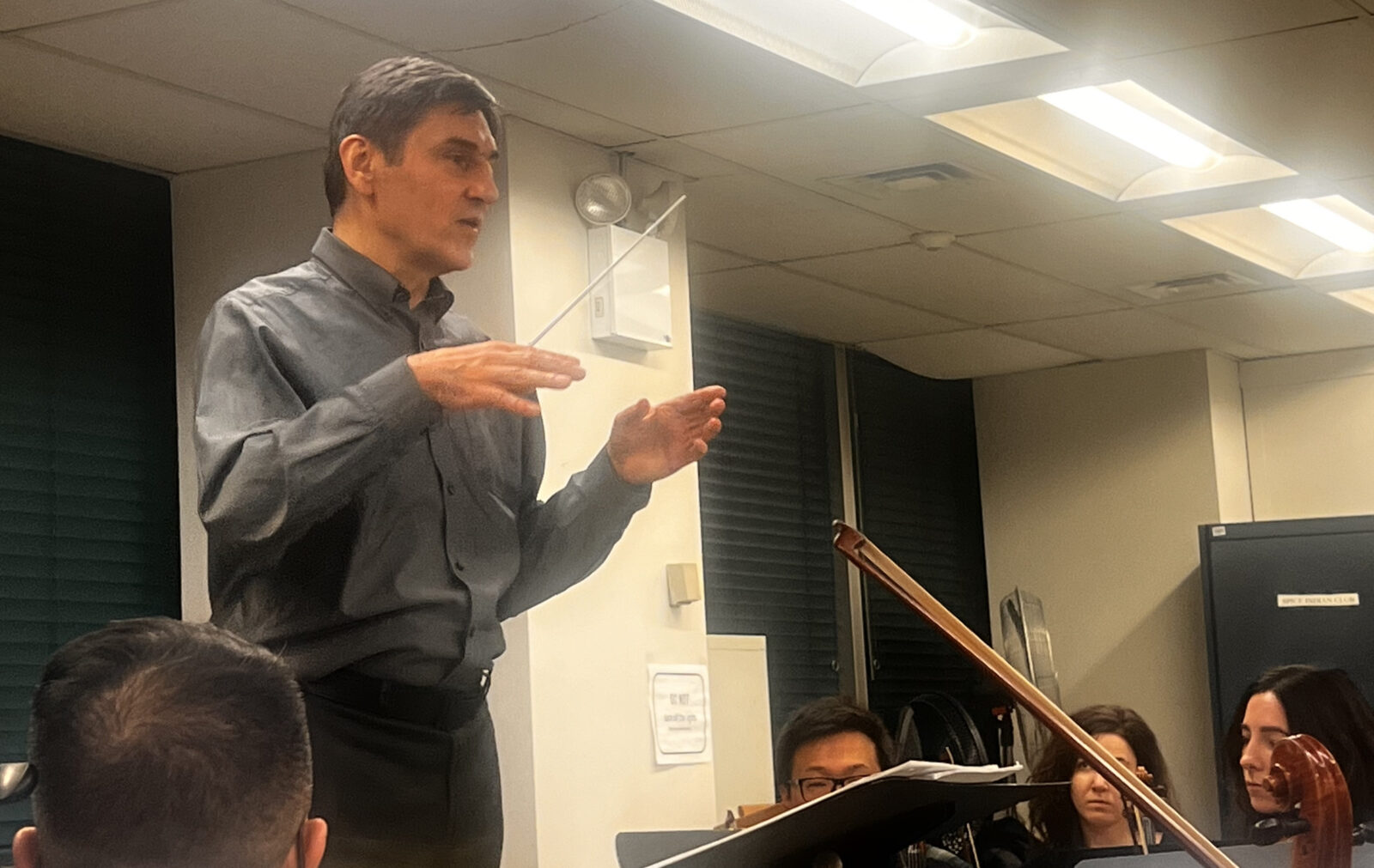
More Articles
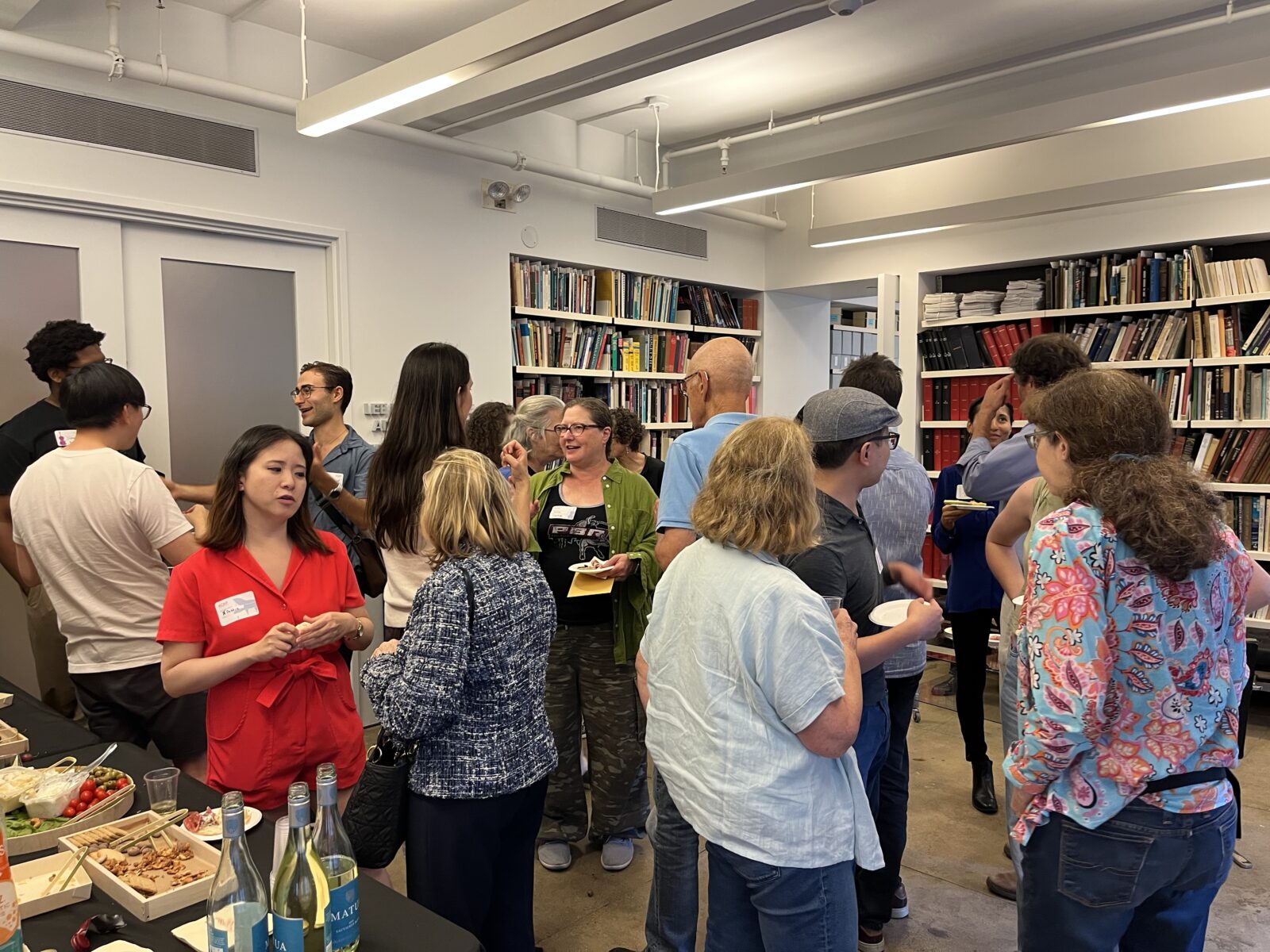
The Great American Play-In: ACMP and ACO
On Saturday, September 13 ACMP embarked on its first collaboration with the American Composers Orchestra (ACO). Together we organized a Play-In focused entirely on music by twentieth and twenty-first century American composers. Over the course of three hours, forty-five musicians discovered sixteen pieces or sets of pieces by a wide range of American composers, spanning from 1896 through 2025.Read More ↗
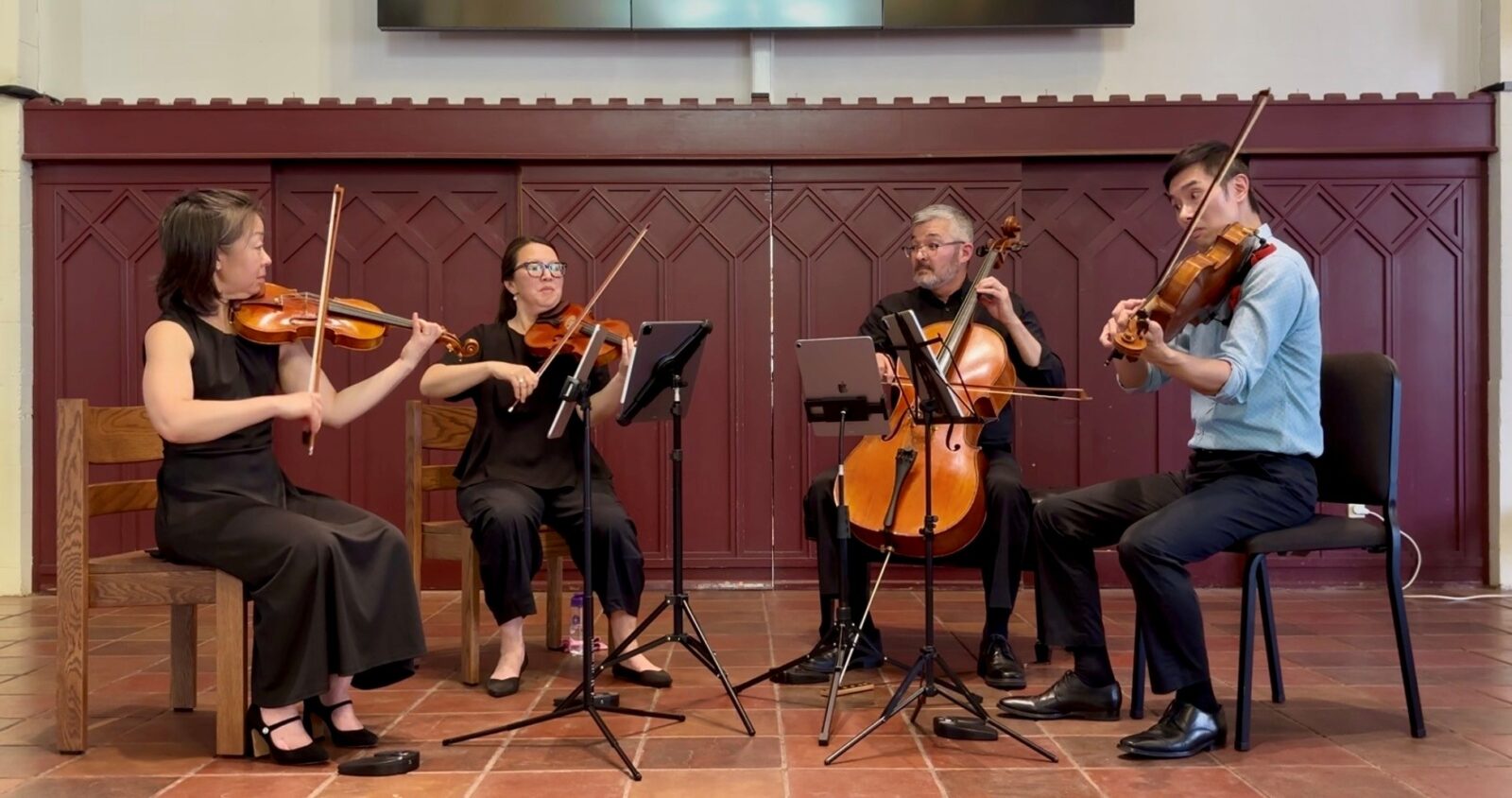
Just Play Concert: Exploring New Voices and Old Masters with the Tarka String Quartet
Thanks to a “Just Play” grant from ACMP, the Tarka String Quartet—Sue Soong and Julie Park on violin, Kevin Jim on viola, and Angus Davol on cello—recently shared a program in San Diego that reflected their passions: exploring new voices by women composers alongside the great works of the quartet tradition.Read More ↗
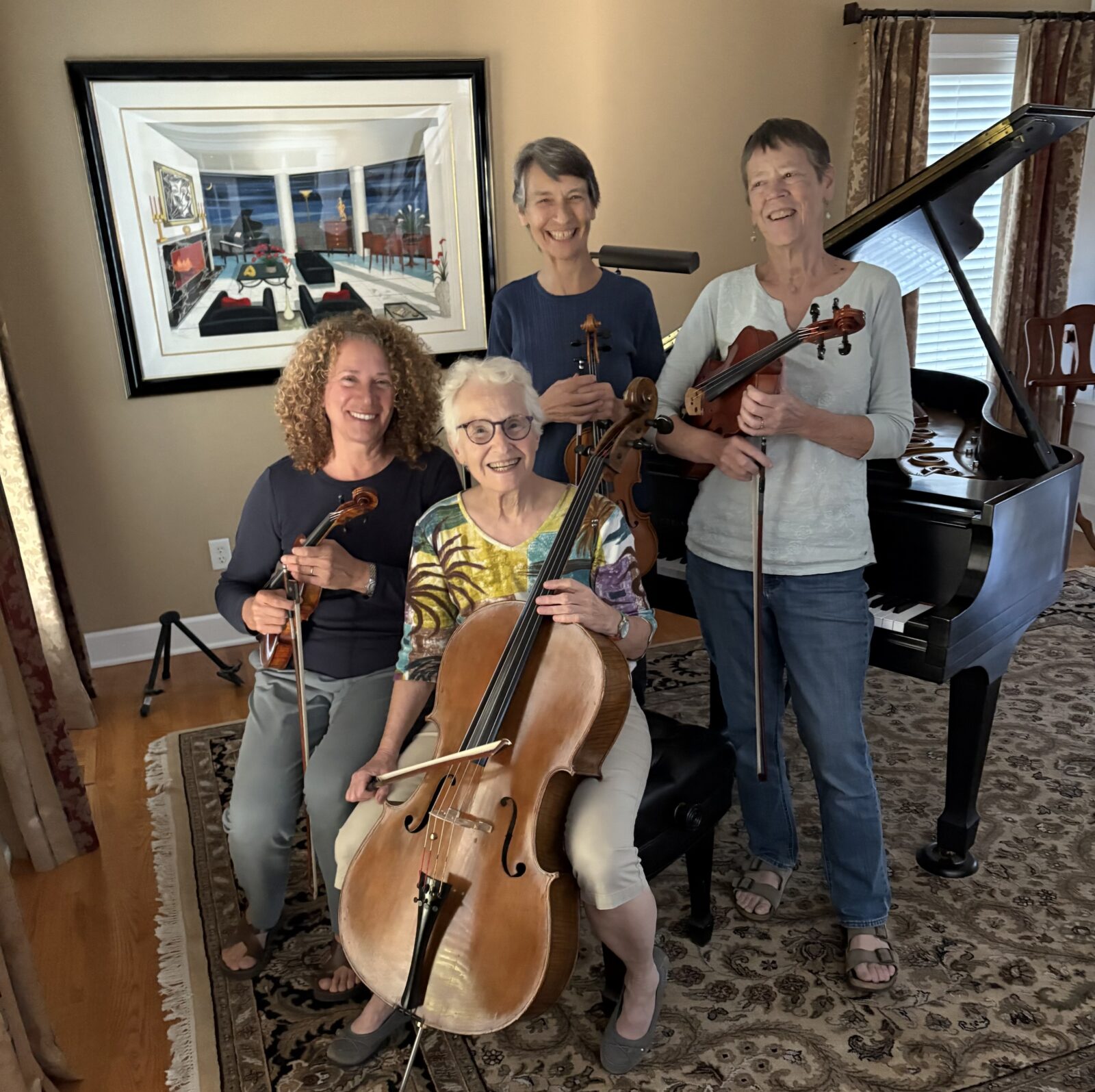
ACMP Members of the Month – October 2025
Playing in a regular string quartet is kind of like having a regular foursome in golf – everyone needs to be of roughly similar ability, and they also need to get along. When those two dynamics come together, the result can be a lasting chamber group that brings enduring friendships. Such is the case with our Members of the Month for October – Ruth Sklarsky, Barbara McIver, Ellen Henry and Kathy Lewis, residents of the Rochester, N.Y., area who have played in a string quartet for more than a decade. They got together and collectively answered a few questions about their musical journey.Read More ↗

ACMP Event: Meet Harumi Rhodes
Join ACMP’s Executive Director Stephanie Griffin on Saturday, November 1 at 2pm Eastern time for a lively discussion and Q and A with violinist Harumi Rhodes. Harumi is the daughter of two famous chamber musicians: Stephanie’s former viola teacher, Samuel Rhodes (Juilliard Quartet) and violinist Hiroko Yajima (Mannes Trio.) Find out more about Harumi’s early life in that celebrated chamber music milieu, and about her journey as she established her own career as the second violinist of the world-renowned Takács Quartet.Read More ↗
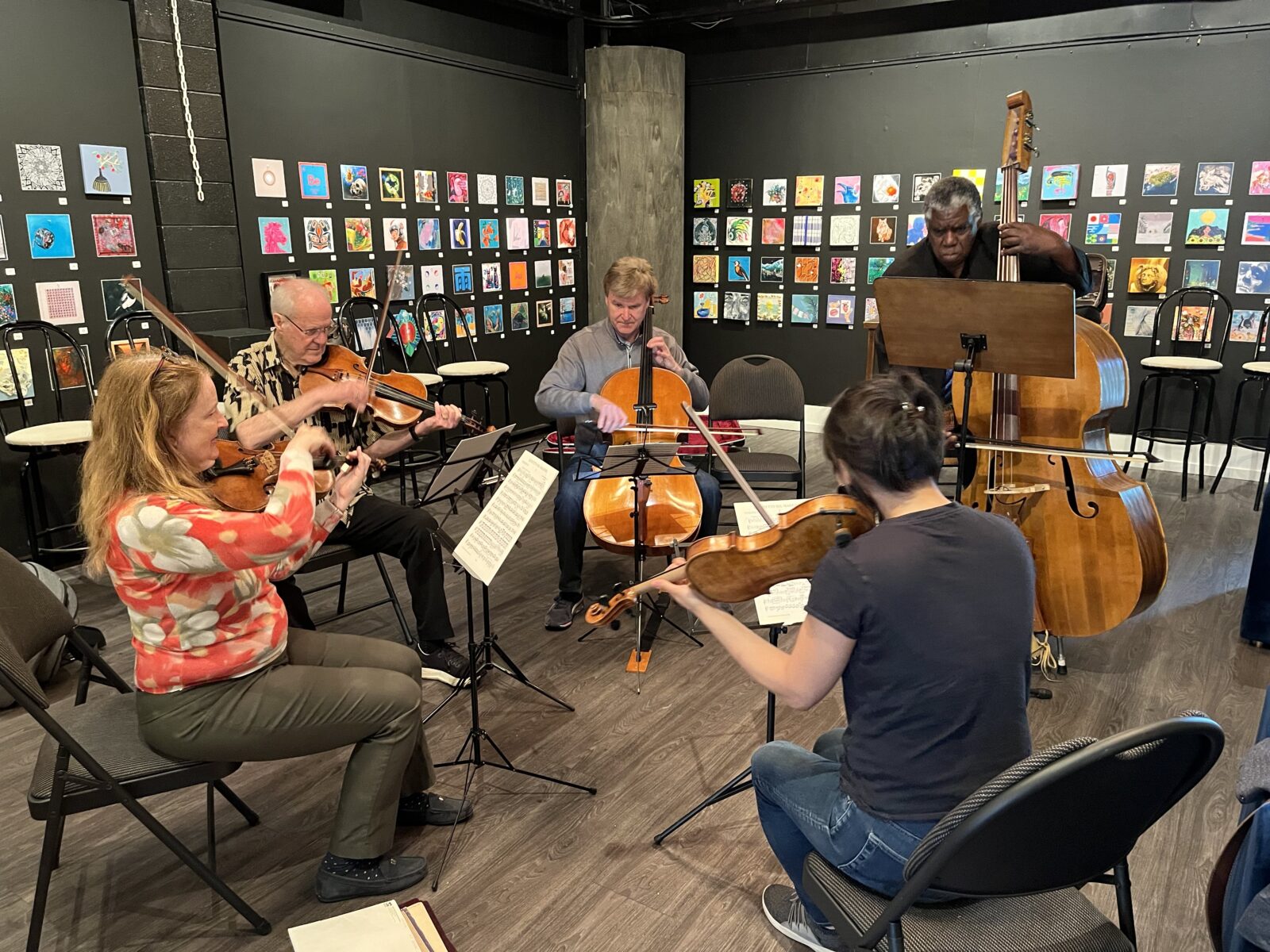
New guidelines for ACMP’s Workshop and Community Music Grant, deadline: October 24, 2025
ACMP's annual Chamber Music Workshop and Community Music grant cycle is open! Deadline: Friday, October 17. Read about the new guidelines and sign up for the Grant Information Session.Read More ↗

A weekend of music and renewal at Chautauqua
When you first set foot on the grounds of the Chautauqua Institution in southwestern New York, it’s easy to understand the lift in Arlene Hajinlian and Sonya Sutton’s voices when they speak about their summer homes, and why they would welcome a group of ACMP members for a weekend of music-making.Read More ↗
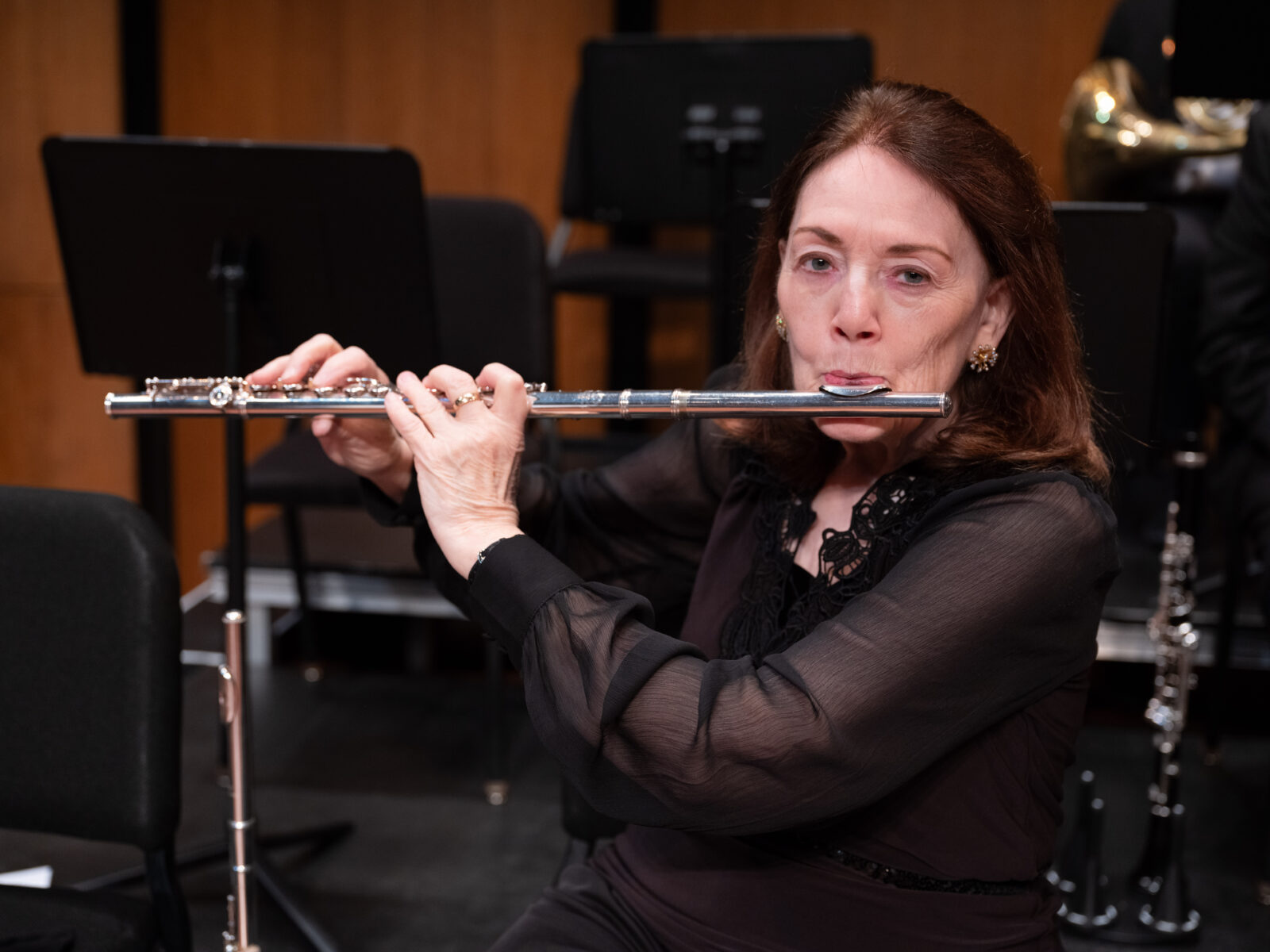
Optometrist by vocation, flutist by avocation
For someone who does not pay the rent as a musician, Pat Brown leads a full musical life with her flute. An optometrist by profession and a dedicated flutist, she has been a member of the Texas Medical Center Orchestra for more than 20 years, serving on the board and helping the group win national awards.Read More ↗
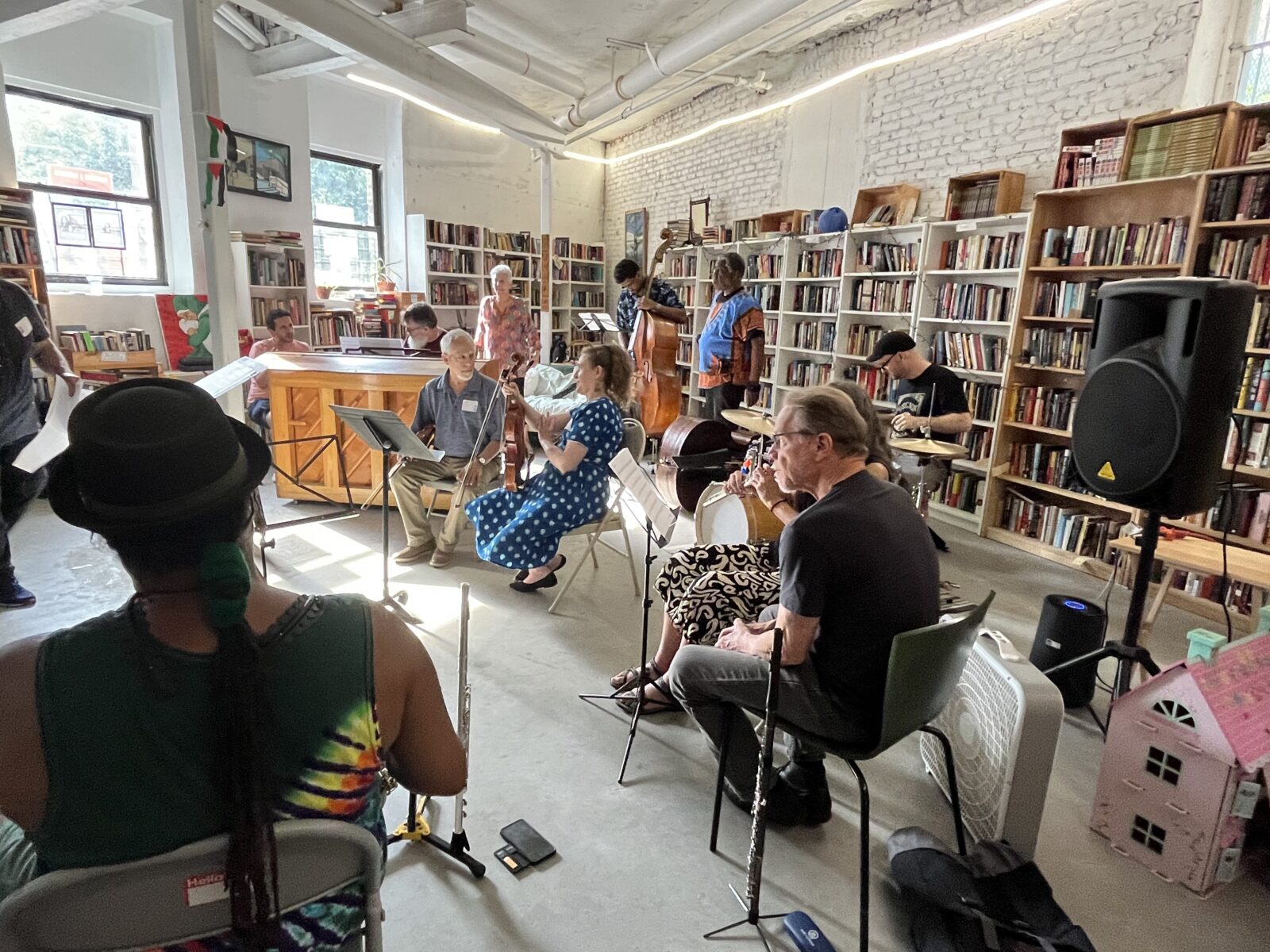
The Great American Play-In: Saturday, September 13 at Opera America
On Saturday, September 13 from 2 to 6pm, the American Composers Orchestra (ACO) and ACMP are hosting a fun and festive chamber music Play-In at Opera America (NYC), focused entirely on chamber music by twentieth-century and living American composers.Read More ↗

A professional pianist charts new musical paths with chamber music
When it comes to chamber music, ACMP pitches a big tent, from players just starting out to those rediscovering a passion for the music they played on their younger days. But ACMP’s membership also includes a thriving community of professionals — highly trained musicians who discover a community in ACMP that is hard to find elsewhere. Grace Shepard is one such professional living in South Florida and serving on ACMP’s North American Outreach Council.Read More ↗

How a cellist learned to love the viola, her way
Chicago-area cellist Ruth Rozen recounts her adventures with a vertical viola, opening the door to playing the inner voices in chamber music.Read More ↗
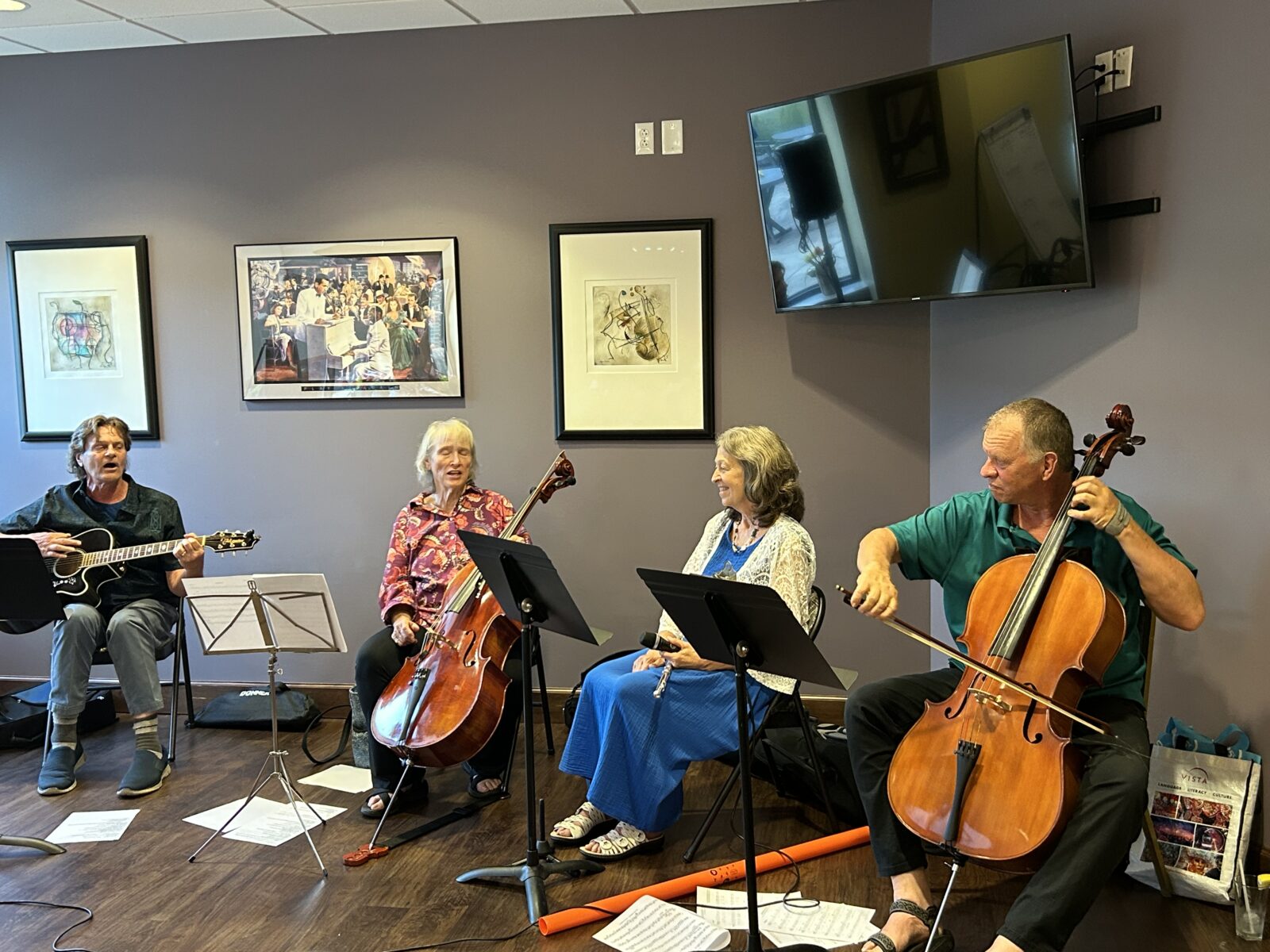
Tremendous Trivia Tunes: A Fundraiser for ACMP
Four members from DeKalb, Illinois tried a new method of fundraising for ACMP. They felt so grateful for ACMP's Home Coaching program and the wonderful teachers in our Coach Directory, that they came up with an innovative idea to give back to our community. They raised a little over $200.00, but the greatest part was how much fun they had doing it.Read More ↗

And the Play-Ins continued in June!
With ACMP's rapidly growing community of chamber musicians, Play-In season is never over! Read about two recent Play-Ins in June.Read More ↗
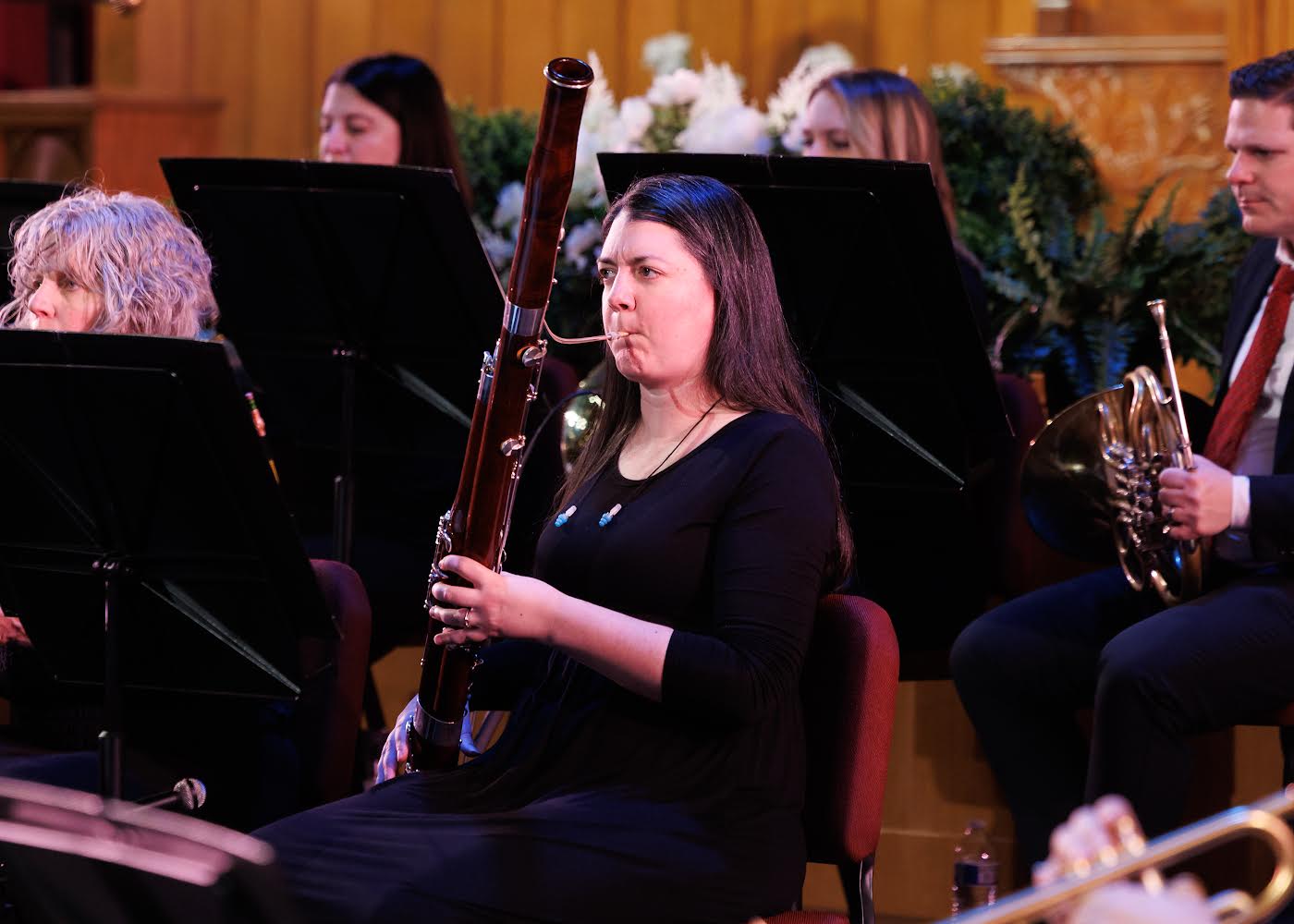
2025 News of Note Puzzle Contest Winner and Answers
Congratulations to bassoonist Jessi Vandagriff for winning this year's News of Note puzzle contest. And read more for the great puzzle answer reveal!Read More ↗
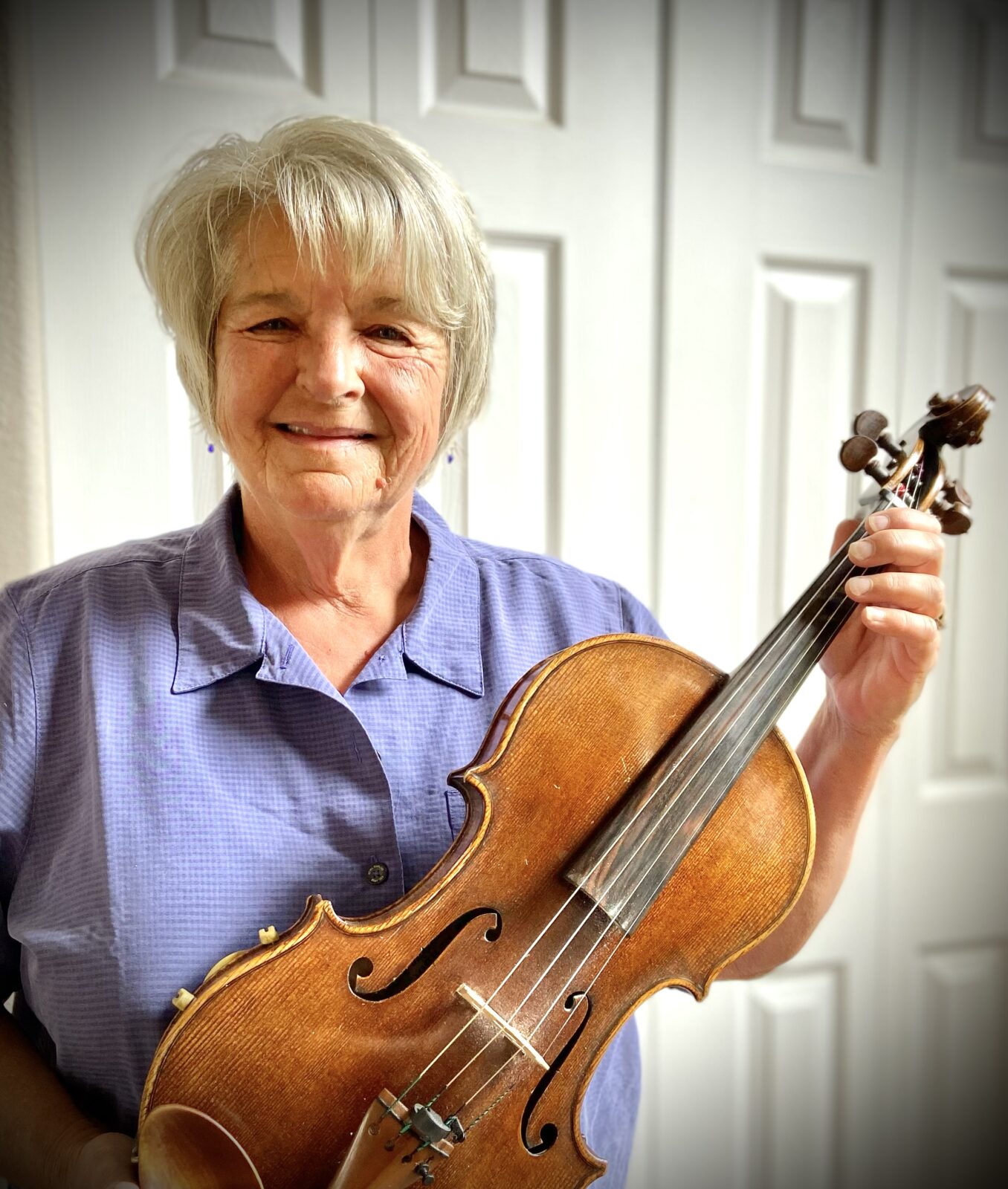
Member of the Month, July 2025: Cheryl Hite
The ranks of ACMP members are filled with professionals who began their college careers with the intent of pursuing music for a living, then for whatever reason moved into another career. Colorado-based violist Cheryl Hite is one of those musicians. A native of Detroit, she enrolled at Indiana University in the 1970s as a double major – biology and viola performance. Read her interview with ACMP Board Chair Bob Goetz.Read More ↗

The day my quartet played out of tune and almost got our host evicted
Chamber music can be a high stakes activity - play a bit out of tune, and your host could end up on the street. Read about one such close call in New York City.Read More ↗

News of Note 2025
It’s that time of year again! The web version of the 2025 News of Note is live, featuring updates from the past year—and some fun extras, including everyone’s favorite: a new puzzle. (Submit your answers by July 1!)Read More ↗
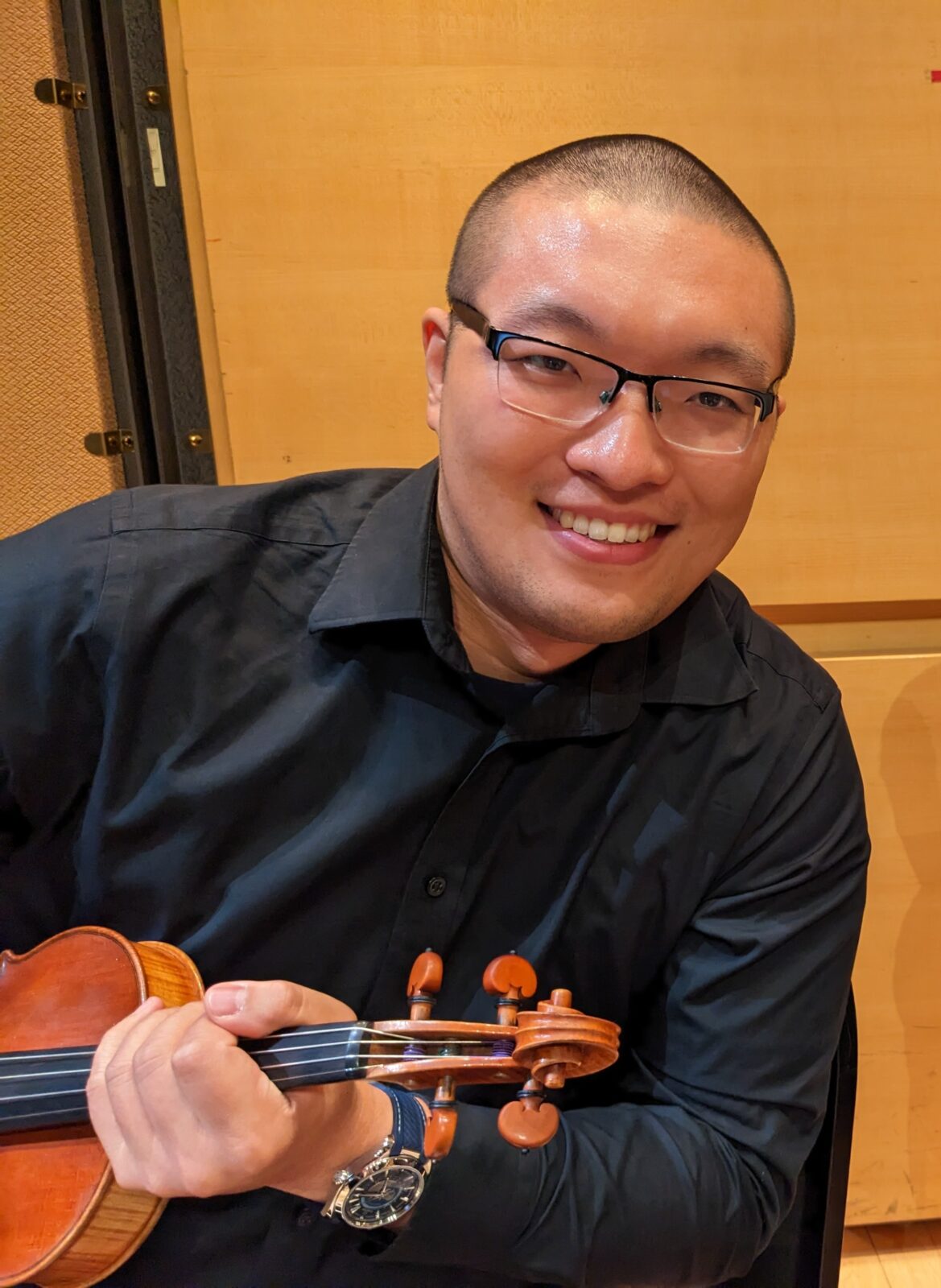
Member of the Month, June 2025: Frank Song
Frank Song, 28, may work remotely as a software engineer, but when it comes to music and the arts, he is all about being there, in person. With the flexibility to travel in his work, he seeks out concerts or museum exhibits in cities far beyond his home in Toronto. And while he’s at it, he takes along his violin to play chamber music. We caught up with Frank on a recent visit to New York, where he played chamber music with people he found through ACMP.Read More ↗

Seasoning for the Seasons
With a taste for adventure and a pinch of whimsy, follow ACMP cellist Tom Cappaert’s lead: stage a chamber concert in a Quito pizza parlor.Read More ↗

May 2025 Play-In Highlights!
Highlights from just a few Play-Ins during National Chamber Music Month!Read More ↗

Play-In Report: Berlin Kammermusik Liste
Michael Knoch runs the Berlin Kammermusik Liste, and represents ACMP as its International Ambassador in Germany. He holds at least two Play-Ins a year, and has a unique gift for organizing large Play-Ins with a mix of all instruments and voice. Read about his second Play-In of 2025!Read More ↗